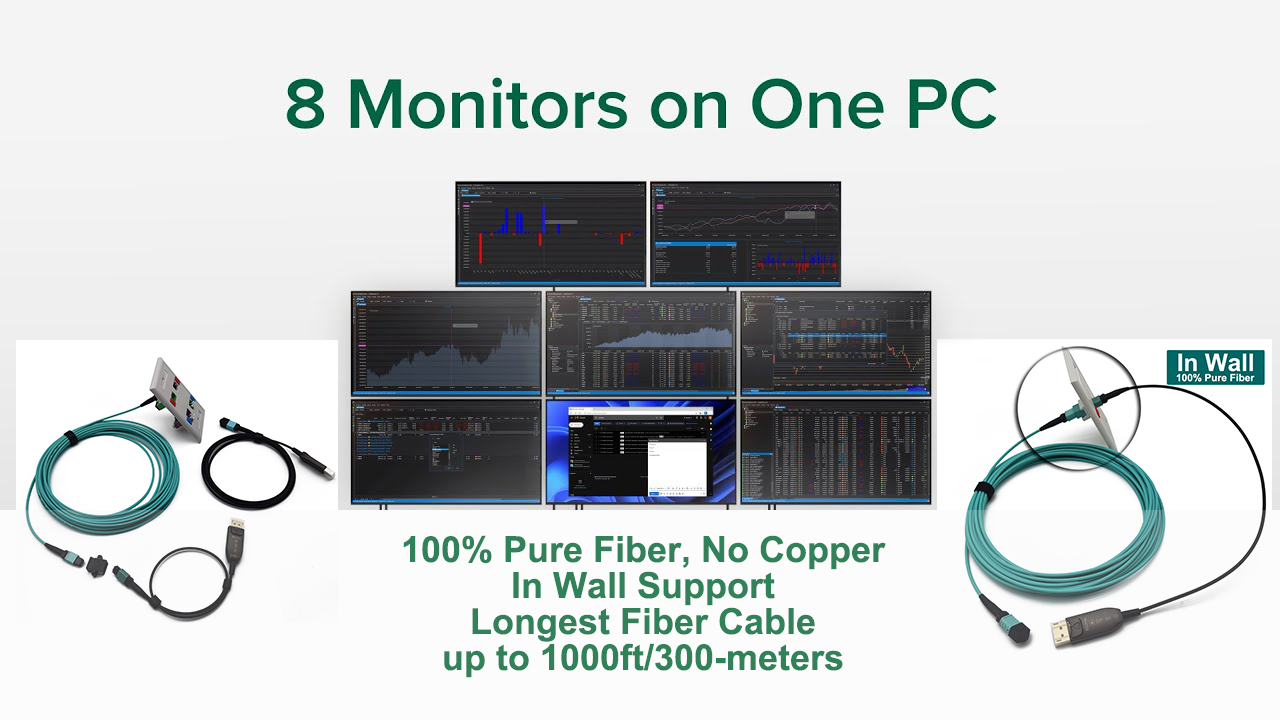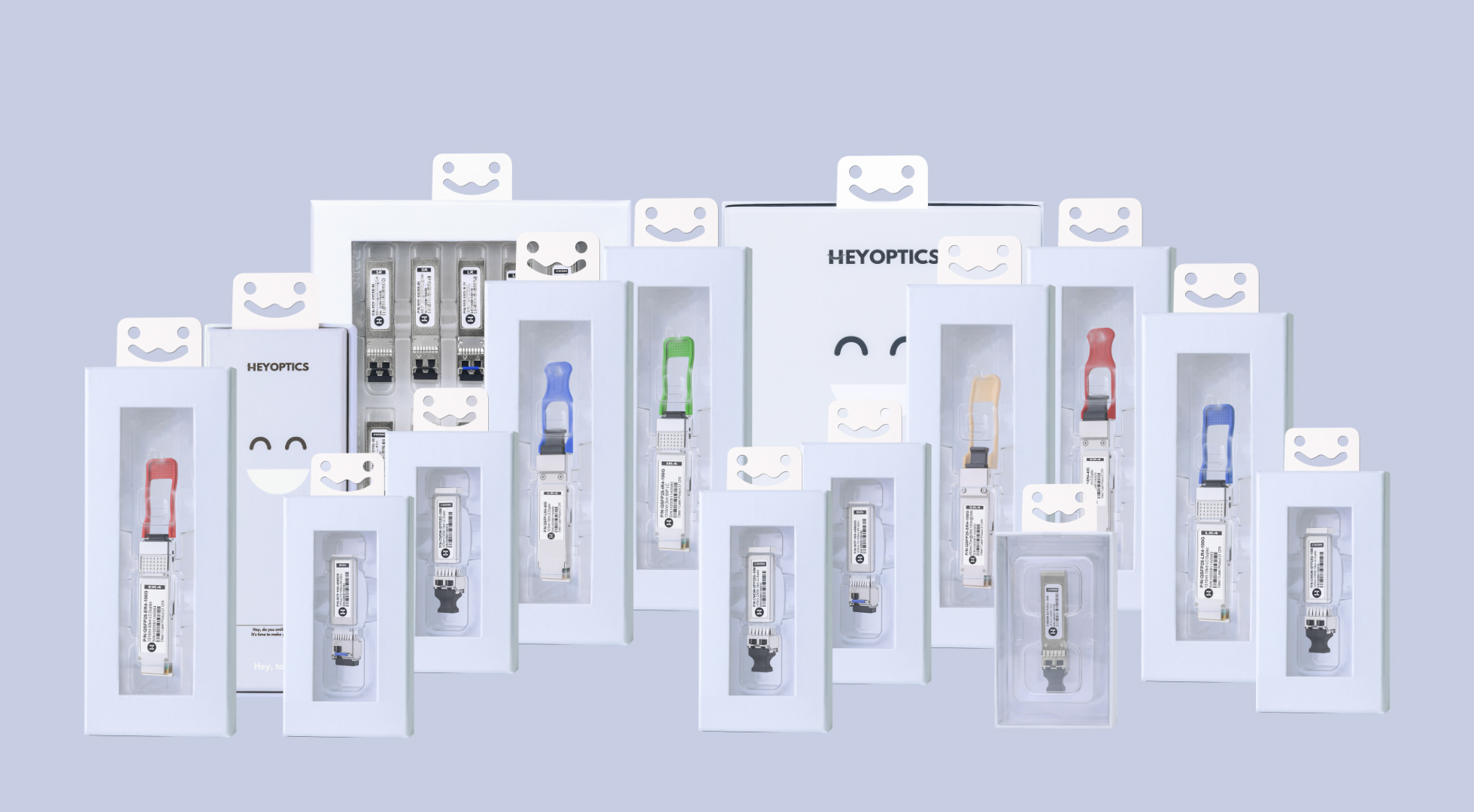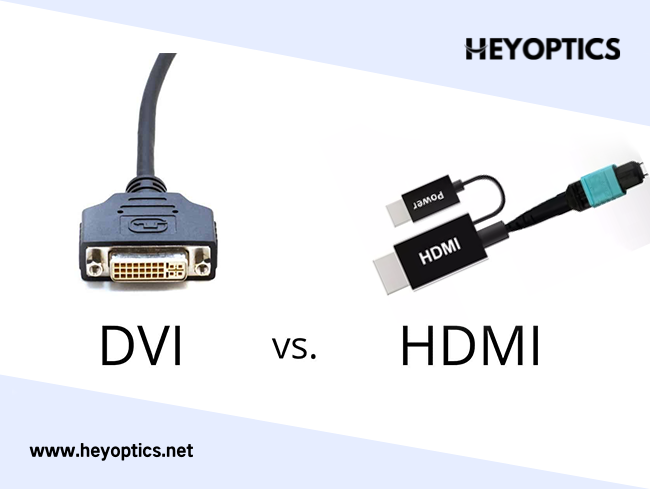Cat5e Cat6 Cat7 Copper cable sheath-What You Need to Know
Cat5e Cat6 Cat7 Copper cable sheath - PVC or LSZH?
In today’s cable installations you will find 2 main types of cable sheath used for network cables, PVC (polyvinyl chloride) or LSZH (Low Smoke Zero Halogen).
In fact, when it comes to data or LAN cabling, most will ultimately look at the cable performance when deciding on whether to install CAT5E, CAT6 or CAT6A LAN cable.
One factor that is often overlooked when choosing an installation cable is its outer sheath.
The outer cable sheath is very important as it protects the internal copper pairs from damage and acts as an insulator from external interference.
However, when deciding on whether to use PVC or LSZH cable an important consideration should be how it will react in the event of a fire. The health and safety of individuals should always be the most important and deciding factor.
Choosing the wrong cable jacket type can have implications in a range of things, from extending the life of your cable, to basic health and safety.
Cable Sheath Materials - What You Need to Know
Insulation and sheath are the components of a cable that protect the conductor. The insulation isolates the flow of electricity, and the sheath wraps around the outside of the cable to protect the conductors inside. The choice of material used for insulation and sheath can have a significant impact on the overall performance of a cable. The following will provide you with an overview of the most common materials used in cable manufacturing.
PVC (Polyvinyl Chloride) – For internal installations.Polyvinyl Chloride (PVC)
PVC is the most common and cheapest option for a given cable design, it offers good flexibility, low cost and reasonable durability. It also offers good resistance to oil and water. The disadvantages are that some grades of PVC can weather badly and are susceptible to UV light. It can also give off poisonous halogen gases, toxic fumes and smoke when burnt.
PE (Polyethylene) – For external installations.
PE can be stiff and very hard, however low density PE (LDPE) is more flexible. If it’s UV stabilized it offers excellent moisture and weather resistance. Often referred to as duct grade or weather resistant, high density PE sheaths (HDPE) can offer a good option for external or direct burial applications.
LSF (Low Smoke & Fume)
A modified PVC compound which can produce less HCI gas and smoke than PVC cables. However, LSF is a somewhat meaningless term, because it is PVC based it could still emit up to 22% Hydrogen Chloride (HCl) gas when burnt and give off black smoke. By way of comparison, standard PVC gives off up to 28% HCl.
LSHF (Low Smoke Halogen Free)
Also known as LS0H, LSZH (Low Smoke Zero Halogen) or sometimes OHLS (Zero Halogen Low Smoke). LSHF compounds are similar in appearance to PVC cables but behave very differently when exposed to fire. They do not give off significant amounts of toxic fumes or smoke and often their fire retardance is much better. LSHF cables are those which emit no more than 0.5% HCl when burned. Whilst more expensive than PVC/LSF cables LSHF provides improved building safety and are often specified for use in public buildings such as hospitals and airports etc.
PTFE (Polytetrafluoroethylene)
PTFE, or Teflon® to you and me, is a non-flammable, very flexible, non-toxic and environmentally safe material that can be used in demanding conditions. It can operate at temperatures from -75°C to +200°C, or up to +250°C short term. It is also unaffected by most fuels, oils and fluids.
FEP (Fluorinated Ethylene Propylene)
(Teflon® variant) It is a type of fluoropolymer that has very similar properties to PTFE such as operational temperatures and low-reactivity to chemicals.
Rubber
Natural rubber that ensures flexibility, even at sub-zero temperatures. Rubber is waterproof, chemical resistant, extremely flexible and retains it's flexibility over a wide range of temperatures. Due to it’s high cost, synthetic rubber compounds are available to create more economical solutions which offer very similar performance.
Neoprene
Synthetic rubber that provides good oil and chemical resistance, tensile strength, as well as flexibility, even at low temperatures.
Silicone
For high or low temperature applications, operates from -50°C to +180°C. Excellent UV resistance and when exposed to fire does not produce any smoke or toxic gases. The soft material is however prone to damage and must be installed with care.
PUR (Polyurethane)
Offers good mechanical and chemical resistance. Its anti-kink characteristics make it ideal for high flexing automation applications. Depending on the blend, Polyurethane can be halogen free and flame retardant although not ideally suited for use in extreme temperatures due to the operating temperature range, typically between -40°C and +125°C.
Summary
Today virtually all medium and large installations in Australia and throughout the world are becoming more conscious of fire safety for existing and new building constructions. Local building standards and fire safety codes are also placing more stringent requirements on fire safety. In addition, many carrier and data centre networks are specifying that only LSZH cables are used within the confines of an Telecom Exchange or Data centre.
Low smoke zero halogen cable is becoming very popular and, in some cases, a requirement where the protection of people and equipment from toxic and corrosive gas is critical.
HeyOptics offers both PVC and LSZH copper cable options for in building use in CAT6 and CAT6A, however we do recommend using LSZH wherever possible.



